Hair History: 9 People Who Taught Me About The Depth Of Hair In Kenya
Hair History Lesson: 9 People Who Taught Me About The Depth Of Hair In Kenya - Page 2
Share the post
Share this link via
Or copy link

Photo Credit: Marsha B.
During a recent trip to Kenya, I was captivated by the different hairstyles of the people who roamed the streets. Much like the states, Kenyans express their individual style through their hair. In general, Africa is the mecca of cornrows, box braids, buzzcuts and much more. Braids are heavily ingrained in African culture. Because braids are such a staple, hair salons and braiding huts can be found in every mall and on every street corner.
The history behind each person’s hairstyle is long and diverse. Kenya is made up of 43 tribes. Most tribes have traditions that are tied to how a person manipulates their hair. Chances are if you look at a random person on the street, you could identify their tribe based on their hair, accessories, and facial features. On the other hand, lots of Kenyans aren’t attached to the traditions of their tribe. Because of that, I saw a nice mixture of hairstyles.
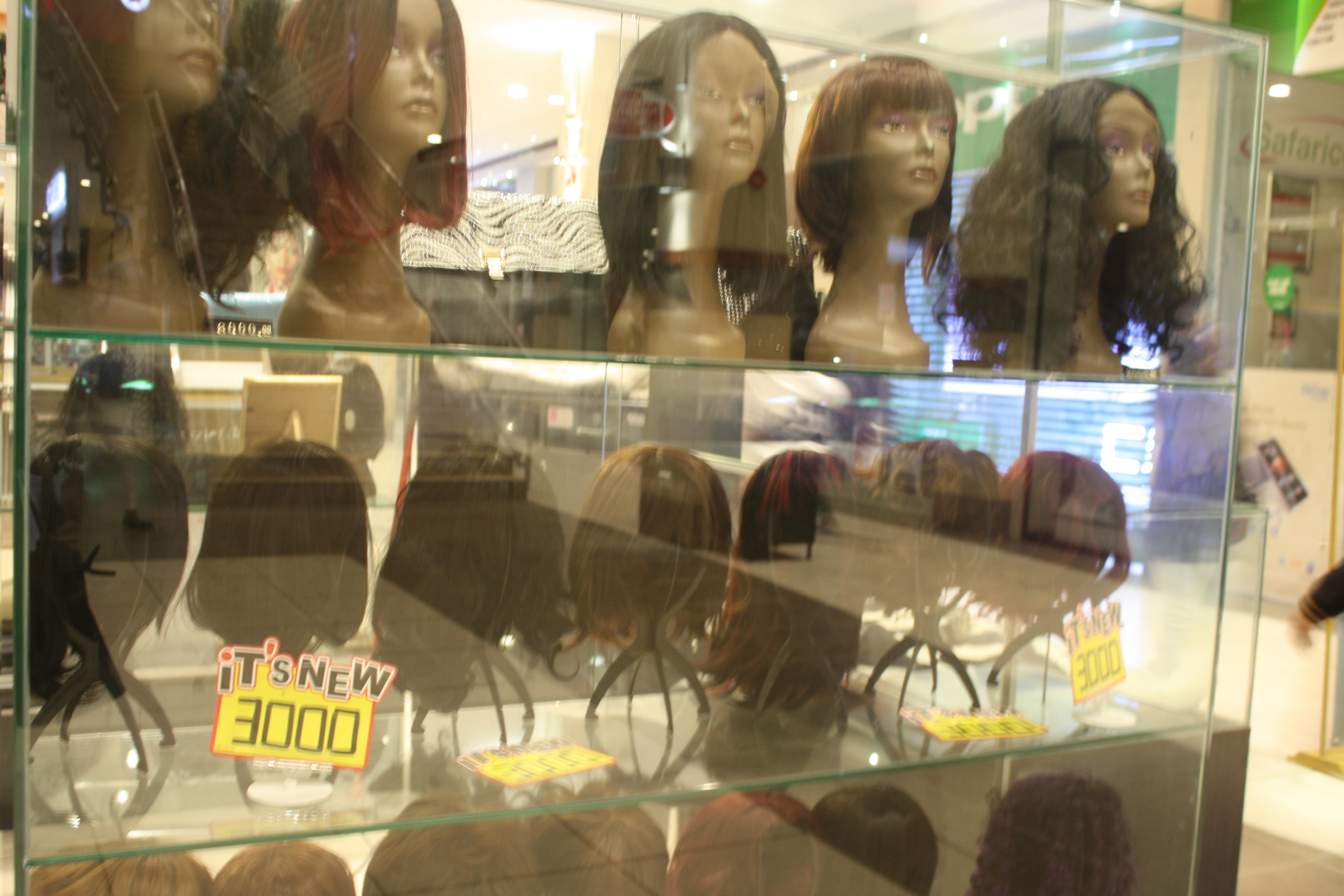
Photo Credit: Marsha B.
Kenya’s strength is found in their natural styles. While I did see wigs and weaves, I was more taken by the artistry of hair braiding, twist-outs, and crochet styles. The weaves and wigs that I came across were less extravagant. Typical to the states, a luxurious weave would cost more money due to the quality of the hair. In Kenya, wigs and weaves are sold in mall booths, beauty supply stores and hair salons.
I experienced black hair on another level during this trip. There is so much history that goes into the way a person does their hair. Whether they’re holding true to the traditions of their culture, or embracing something new, I was excited to capture the hair of 9 people I met in Kenya. Some styles are bold, some are unique, some are simple. Get to know them and their hair stories on the flip.
GO LOW
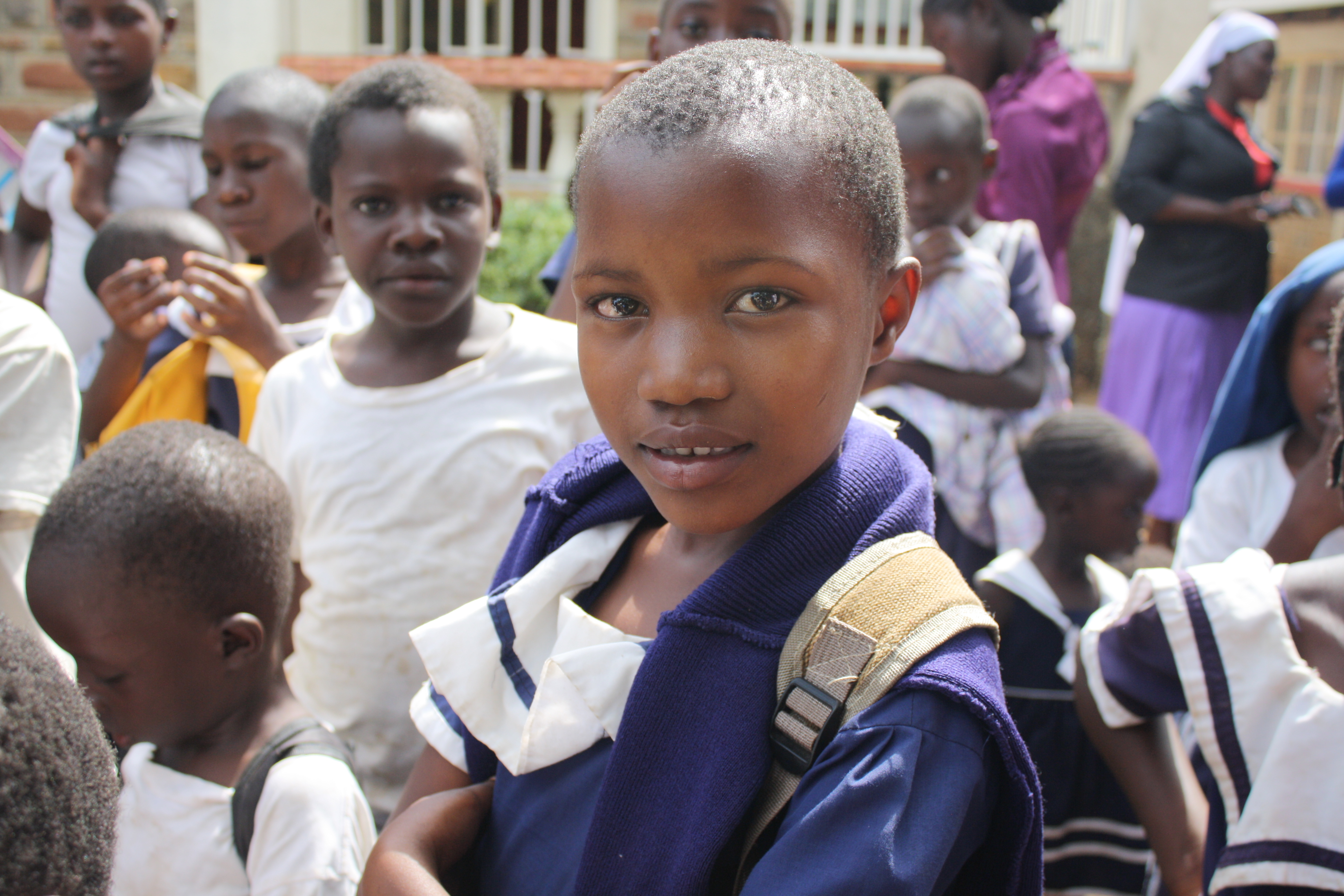
Photo Credit: Marsha B.
One observation that I made while in Kenya is that some of the most beautiful women in the country had no hair on their head. In Africa, a shaved head has many meanings. Some Kenyan tribes uphold the tradition of cutting a girl’s hair from her toddler years. Some schools mandate their female population to shave their head so that the attention is redirected to their studies, rather than their appearance.
This young lady’s features are amplified due to her short hair. During the times that I visited the children at the Arise and Shine School, I had a hard time telling some of the girls from the boys. If they were dressed in pants or shorts, it was easy for me to misgender a child, based on their haircut.
HAIR CROWNS
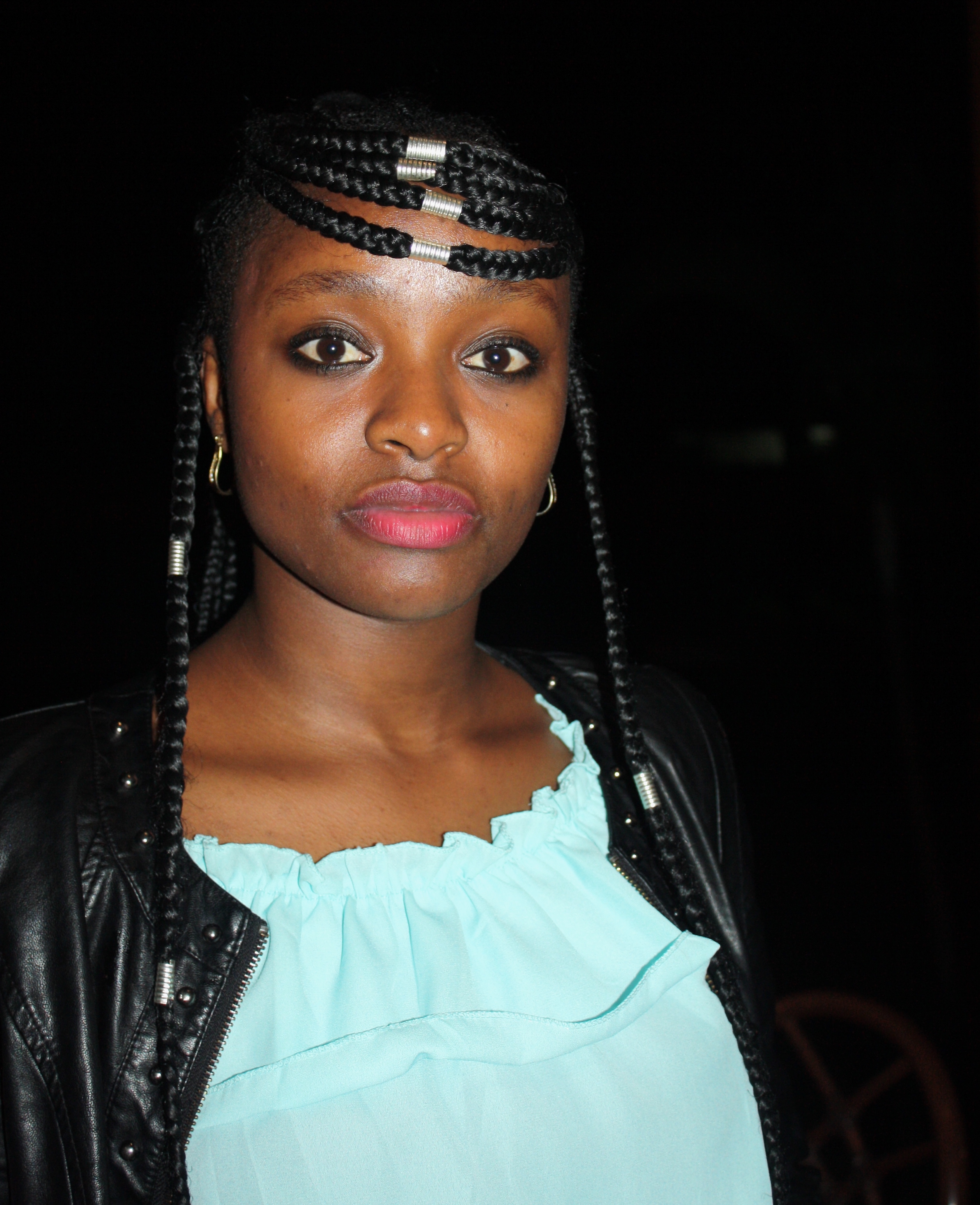
Photo Credit: Marsha B.

Photo Credit: Marsha B.
Melon Wambui was dining with a friend when I approached her about her hair. I was obsessed with her elaborate braided crown that framed her face. I loved this style so much that I am most likely going to make it my next hairstyle. So much detail went into a simple braided updo. Melon’s hair was one of the many beautiful, braided styles I spotted during my visit. On my second night in Kenya, I went to a club where practically all of the men and women looked like they were straight off the pages of a hair magazine.
Melon’s updo featured 4 braids that layered each other on her forehead. The rest of her hair was braided up into a ponytail, with one centipede braid on each side of her head. She accessorized her long braids with silver and gold jeweled cuffs.
THE MEN OF MAASAI

Photo Credit: Marsha B
The men of the Maasai tribe usually maintain short haircuts, bold accessories and bright, colorful blankets. While the women of the tribe tend to keep their hair on the shorter side, the men experiment a bit more. The Maasai men go through various stages with their hair. They usually have a clean shave to introduce them to a new level in life. Hair is shaved as a child, before circumcision, after warrior training, and as they become an elder.
 Photo Credit: Tony Karumba/AFP/Getty Images
Photo Credit: Tony Karumba/AFP/Getty Images
Typically if a man of the Maasai village does not have a short, shaved head, he will have ocher-stained loccs or braids. Hair is styled with animal fat, cotton, wool and sometimes ocher for color. The elaborate and highly detailed styles are decorated with colorful, beaded headdresses.
CONTRASTING COLOR

Photo Credit: Marsha B.

Photo Credit: Marsha B.
Rashid Brandy works in a nail salon in the Westlands neighborhood of Nairobi. When I saw him, I immediately thought, “this guy is definitely an artist.” His style was full of personality. Turns out, Rashid is a Kenyan rapper who calls himself the Traplord.
He bleached the perimeter of his hair while leaving the top locced. The contrast of color was fun, unique, and youthful, much like the Rashid. While in Kenya, I noticed loccs were worn by the younger generation. Much like western culture, the younger men express their individual style through their hair.
IT’S ALL ABOUT THE PARTS

Alisha G also works in the nail salon with Rashid. I was intrigued by the neatness of her braids. If you’re going to get your hair done in Kenya, rest assured you’ll get crisp, clean looking braids. After taking Alisha’s photo, she asked that I also capture her scalp. The precise parts in her hair were sharp, straight and in diamond parts. I also noticed a subtle pop of color in her braids.

The ultimate benefit to getting your hair braided in Kenya is the cost of hair! A pack of hair costs roughly .80 USD. If by chance you needed 10 packs, you’d spend a whopping $8.00.
BANTU KNOT MOWHAWK
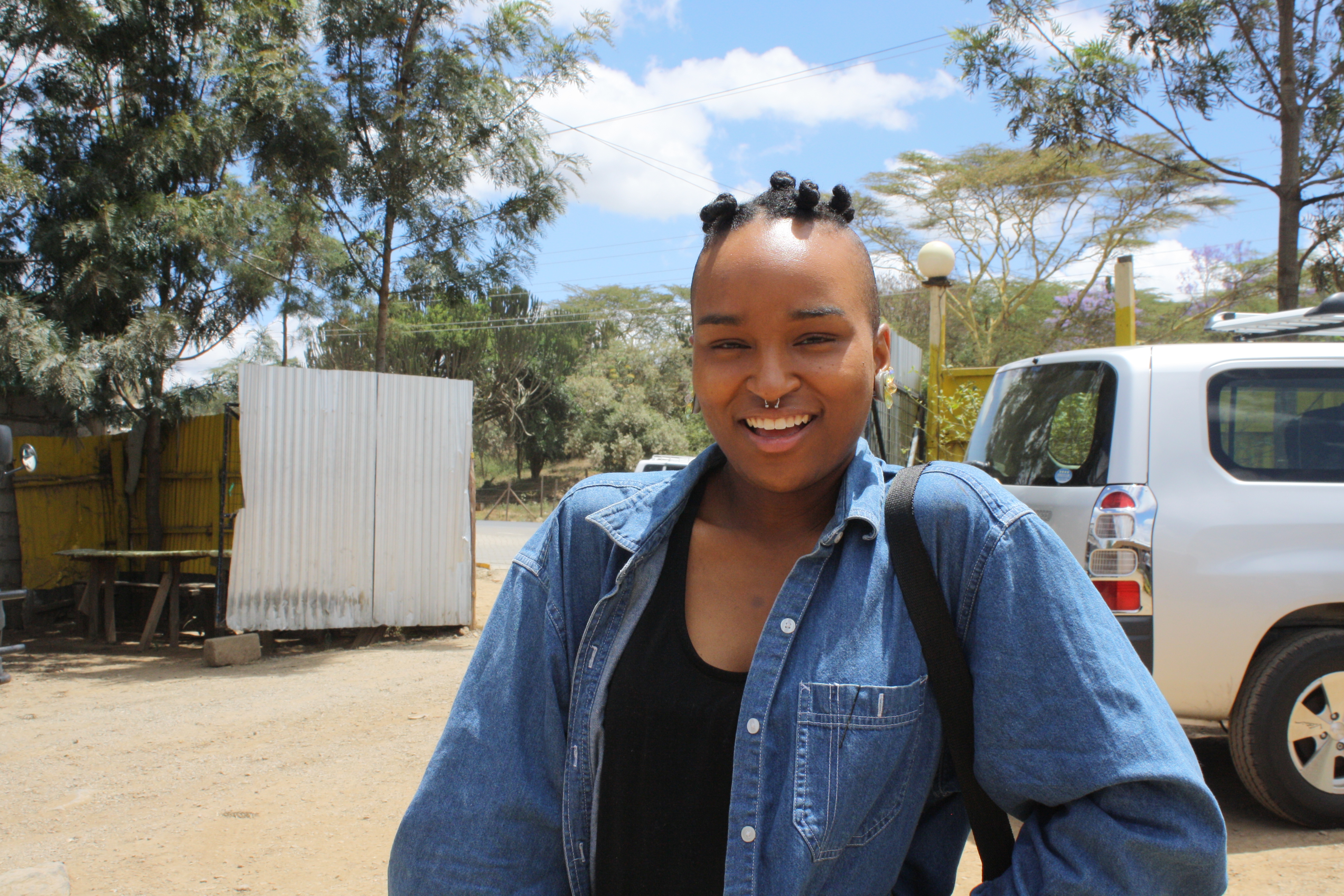
Photo Credit: Marsha B.
How could you not love this look? Alexis wore a very cool mohawk-bantu knot combo. The videographer and editor is actually from the United States but was spending the week in Kenya. Her unique look caught the attention of everyone who passed her by.
Alexis’ mohawk was cut into a deep V in the back of her head. She noted that her preference is to have the sides of her head clean-shaved. During her trip, she went to a Kenyan barbershop to have them clean up her mohawk. Alexis alternated between bantu knots and a large bouffant in her hair. Both styles fit her perfectly.
FREEFORM LOCS

This gentleman shuttled me back to Nairobi from Nakuru. When I saw him I thought his hair was a hybrid of Basquiat and The Weeknd. His short, freeform loccs accurately captured his laidback style. While in Kenya, there were times I’d look at someone and feel like they came straight out of Brooklyn. After meeting my friendly driver, I decided his look and demeanor gave me Bedstuy, Brooklyn vibes.
BRAID OUT WONDER
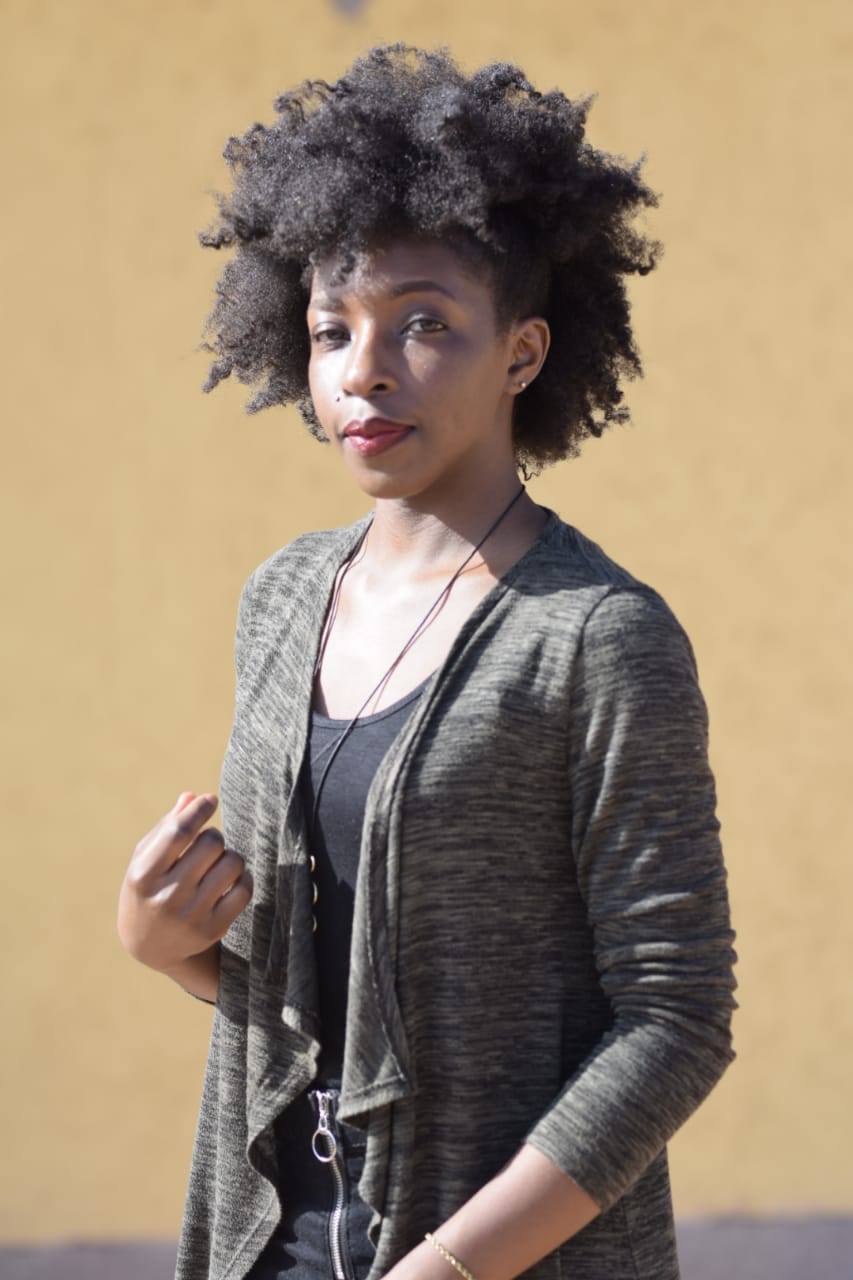
Photo credit: _Kamaugibson
I met Gertrude during the second day of my trip. Beyond her gorgeous brown skin, I noticed her long, thick head of hair. I could tell she took pride in grooming her tresses because her mane looked strong and healthy.
Gertrude’s style can be achieved with a braid-out and a little moisture. After parting your hair in several sections, braid each section and seal the ends with some oil.
COLOR

Photo Credit: Marsha B.
This gorgeous lady played with color when it came to her braids. I captured her hair because although her braids were red, the color was not overwhelming. Looking at her, I felt a bit more confident about wearing braids that color.
Color has always been a fun way to experiment with hair. In Kenya, adding color to your braids is more of a tradition. The evolution of that tradition is using hair that already has color to it. Bold colors are not taboo or too much in Kenya.
Kenya is full of culture, style and fashion. I was amazed by the range of styles I saw. Sadly I was unable to capture them all. Buzz cuts, bright colors, braids, loccs, Mohawks, weaves, doobies, crochet, faux loccs, you name it, I saw it. Truth is, the styles are no different from the states and if you think about it, most of the styles seen in the states have direct roots in Africa. Funny how things come full circle. I’d ignorantly comment that these styles mimic western culture, neglecting the fact that they originated in the motherland.
I learned so much during my trip to Kenya. I now have a deeper understand of where some styles originated from and I am better at identifying certain people based on their look. What do you think? Were there any key takeaways from these hair stories? Sound off in the comments!

